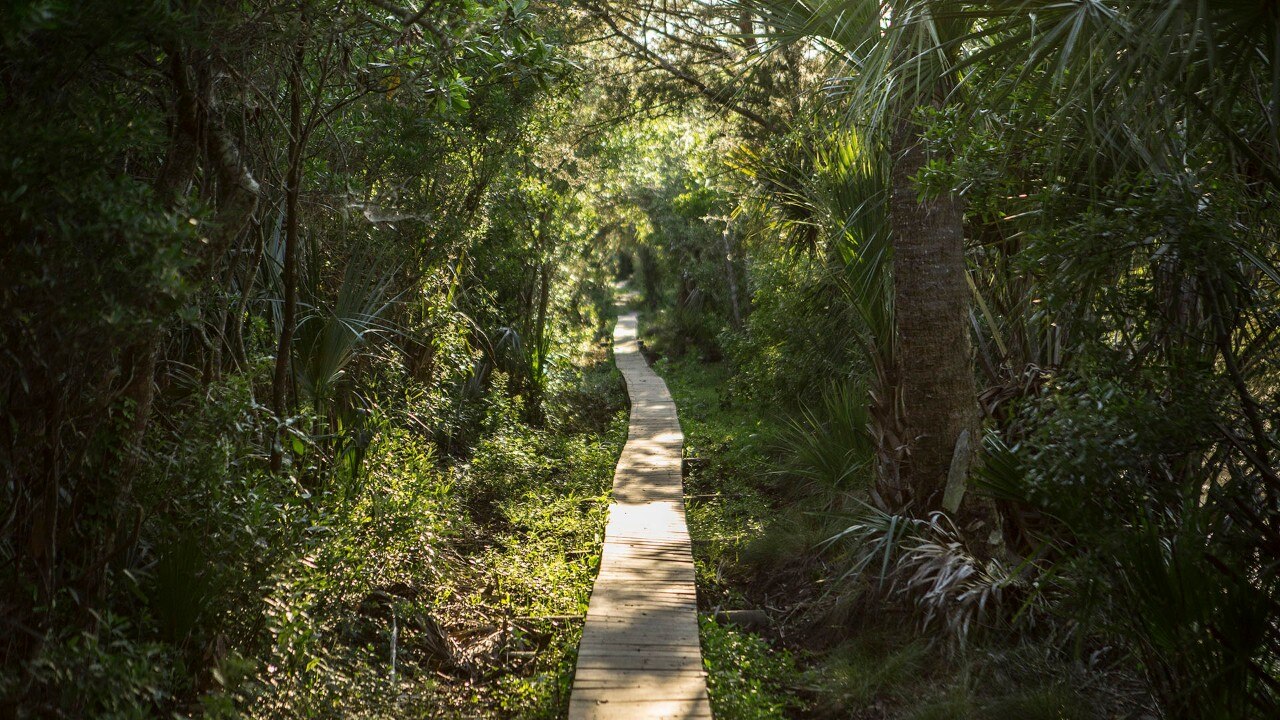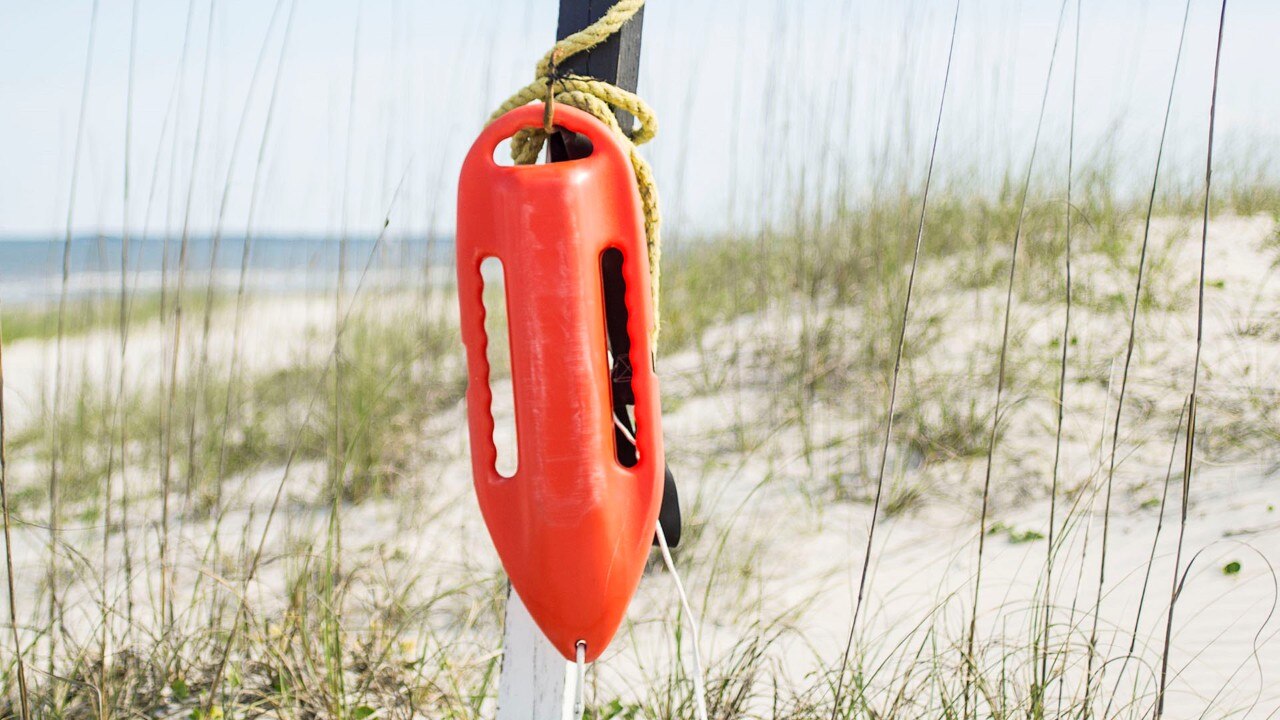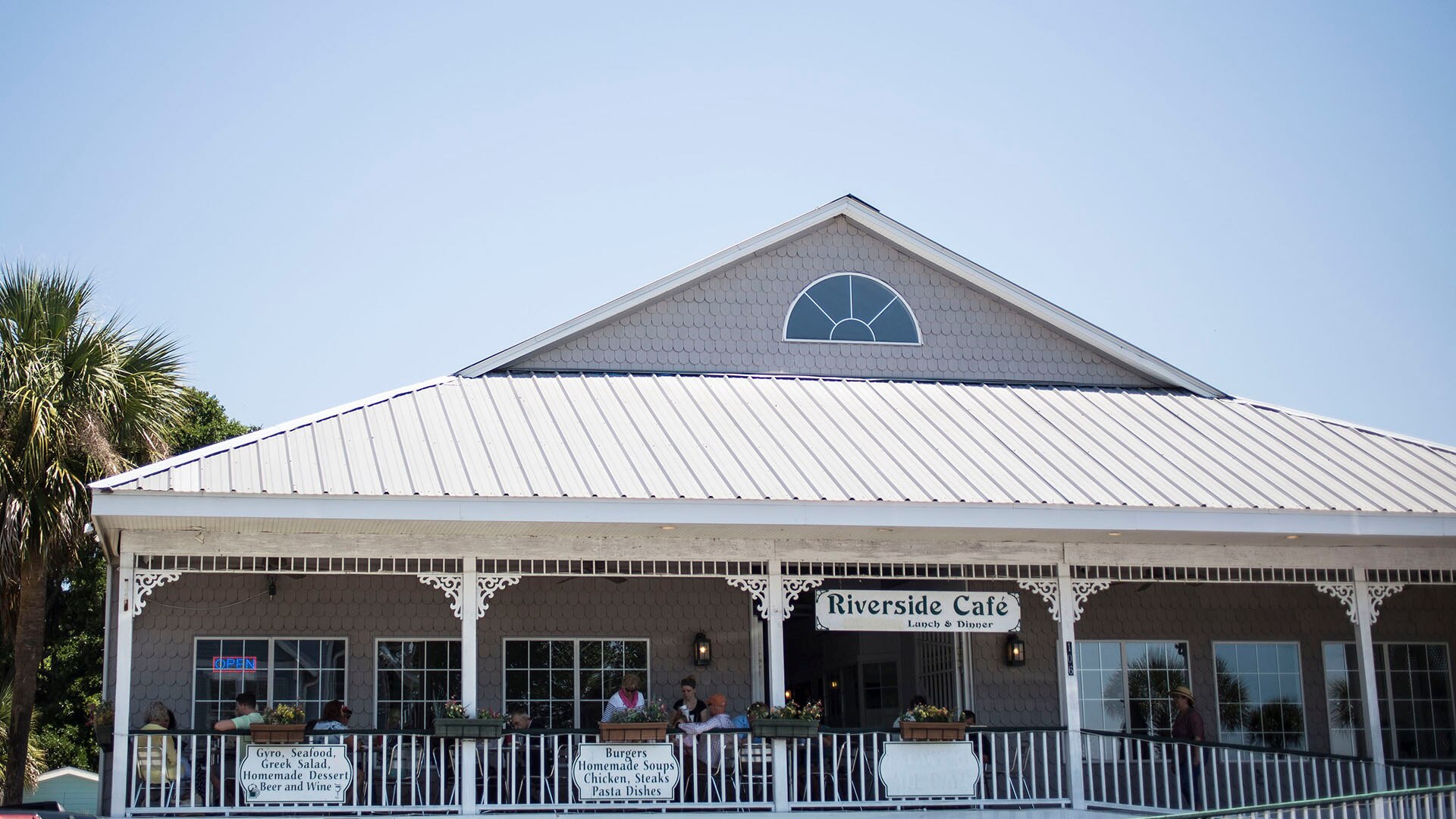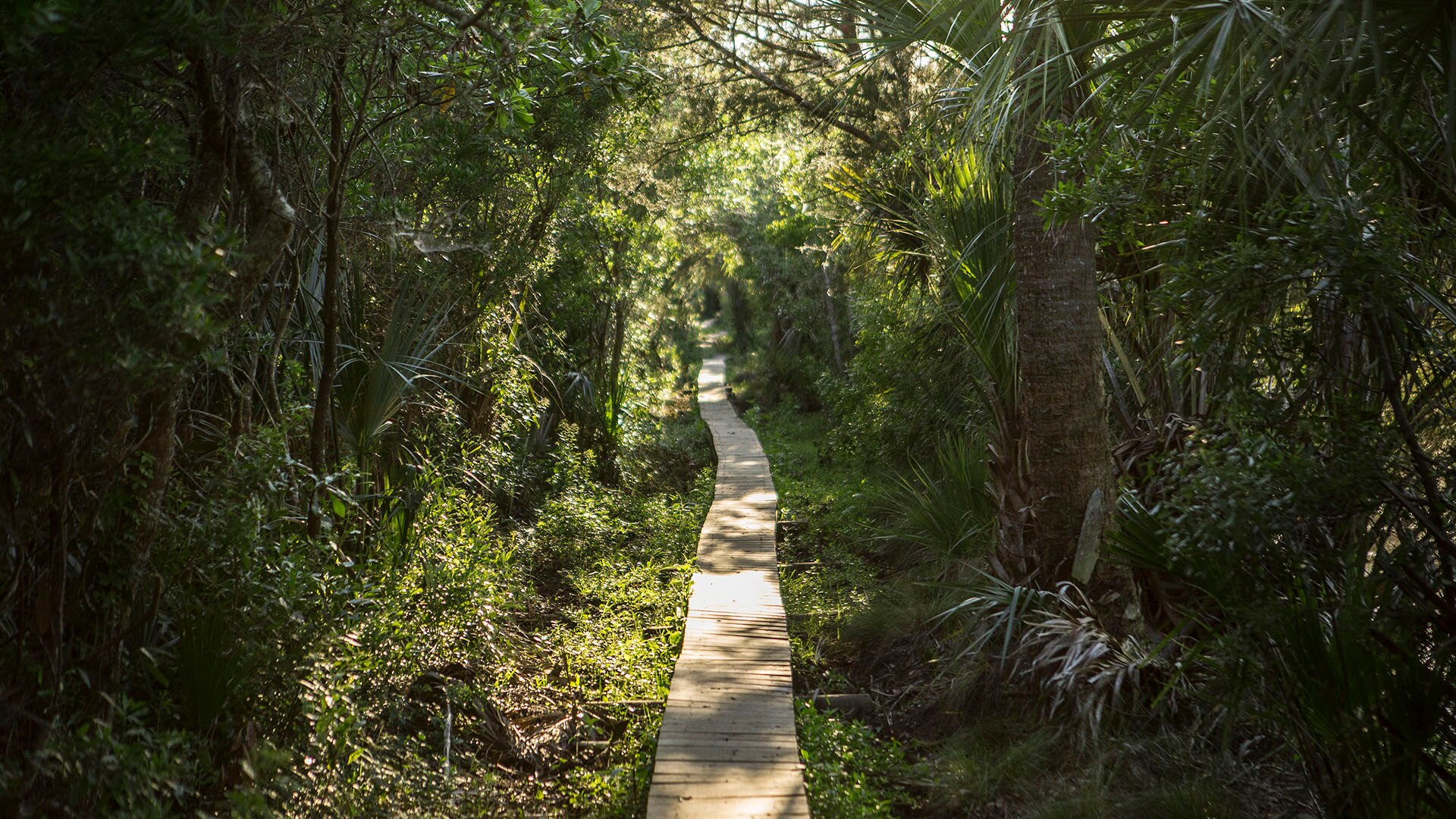Top 5 Things to Do on Cumberland Island

Cumberland Island has beautiful hikes.
Story by Stephanie Mercier Voyer and photos by Xavier Girard Lachaine
Stephanie Mercier Voyer is a Canadian freelance writer. Xavier Girard Lachaine is a photographer who lives in Montreal.
Cumberland Island is Georgia's largest and southernmost barrier island. Don’t leave this national seashore before trying these unforgettable activities.
Camp
While it is possible to visit Cumberland Island in one day, make the most of your visit by staying overnight. Cumberland Island offers five different campgrounds with amenities. Sea Camp and Stafford Beach are closest to the ferry terminal and provide the most facilities with cold showers, toilets and fire rings.
For more adventurous campers willing to walk a little farther, three wilderness campsites can be found on the north end of the island. Located 10.5 miles from the dock, Brickhill Bluff is a quiet oasis overlooking the Cumberland River that offers breathtaking sunsets. Campfires are strictly prohibited in the wilderness and water must be treated, so make sure you pack a portable stove. Reservations for camping are strongly encouraged during the peak spring and fall seasons.

Tent on Cumberland Island
Hike
Cumberland Island has 50 miles of hiking trails through the island’s ecosystems, including marshlands and beaches. The Parallel Trail, as its name suggests, runs parallel to the main road and offers a quieter alternative through the island’s maritime forests.
Keep your eyes peeled as you never know what kind of critter lies ahead. The long and windy boardwalk through alligator ponds on Willow Pond Trail makes for an eerie afternoon stroll.

Hiking through Cumberland Island
Enjoy the Beach
Stretching 17 miles, Cumberland’s undeveloped white sand beaches are its most popular attraction. Only 300 visitors are allowed each day, so the beach is virtually empty at any given time. Comb the beach to collect shark teeth and unoccupied seashells to bring back home as souvenirs. The best time to go hunting for seashells is after a strong storm, when unique finds are brought up from the bottom of the ocean. The beach offers the perfect opportunity to relax by the water, spy on wild horses from a distance, or dive in for a chance to spot dolphins, sea turtles and manatees. Watch for riptides because no lifeguards are on duty.
Tour the Island by Bicycle
Because only residents and park rangers are allowed to drive vehicles on the island, the quickest way to get around is on two wheels. While bicycles are not allowed on hiking trails, they are perfect to ride along the main road that runs between Dungeness in the south to the Cumberland Wharf ruins in the north. Bicycles can be brought onto the ferry for $10. Rental bikes also are available at the Sea Camp ranger station on a first-come, first-serve basis for $16 a day or $20 overnight.

Cumberland Island beach
Visit the Island’s Historical Sites
Before becoming a national seashore in 1972, most of Cumberland Island was privately owned by the Carnegie family, who built several mansions. The mansions include Dungeness, which was destroyed by a fire in 1959, and whose ruins are located on the southern tip of the island. Access to the inside of the ruins is off limits because they are now home to some of the island’s rattlesnakes.
In 1898, the Carnegies built the lavish Plum Orchard, a Georgian Revival mansion located in what is now the island’s designated wilderness. Free tours of the mansion are offered on the hour and last about 45 minutes.

Dungeness
Related
Read more stories about Georgia.
- The Fight to Save Cumberland Island
- Great Places to Run in the U.S.
- A Family Gathers for a Reunion in Georgia
- Soul Food Road Trip Through Georgia
- Road Trip to the Best Bars and Restaurants in St. Marys, Georgia
- Weekend Getaway to Cumberland Island, Georgia




